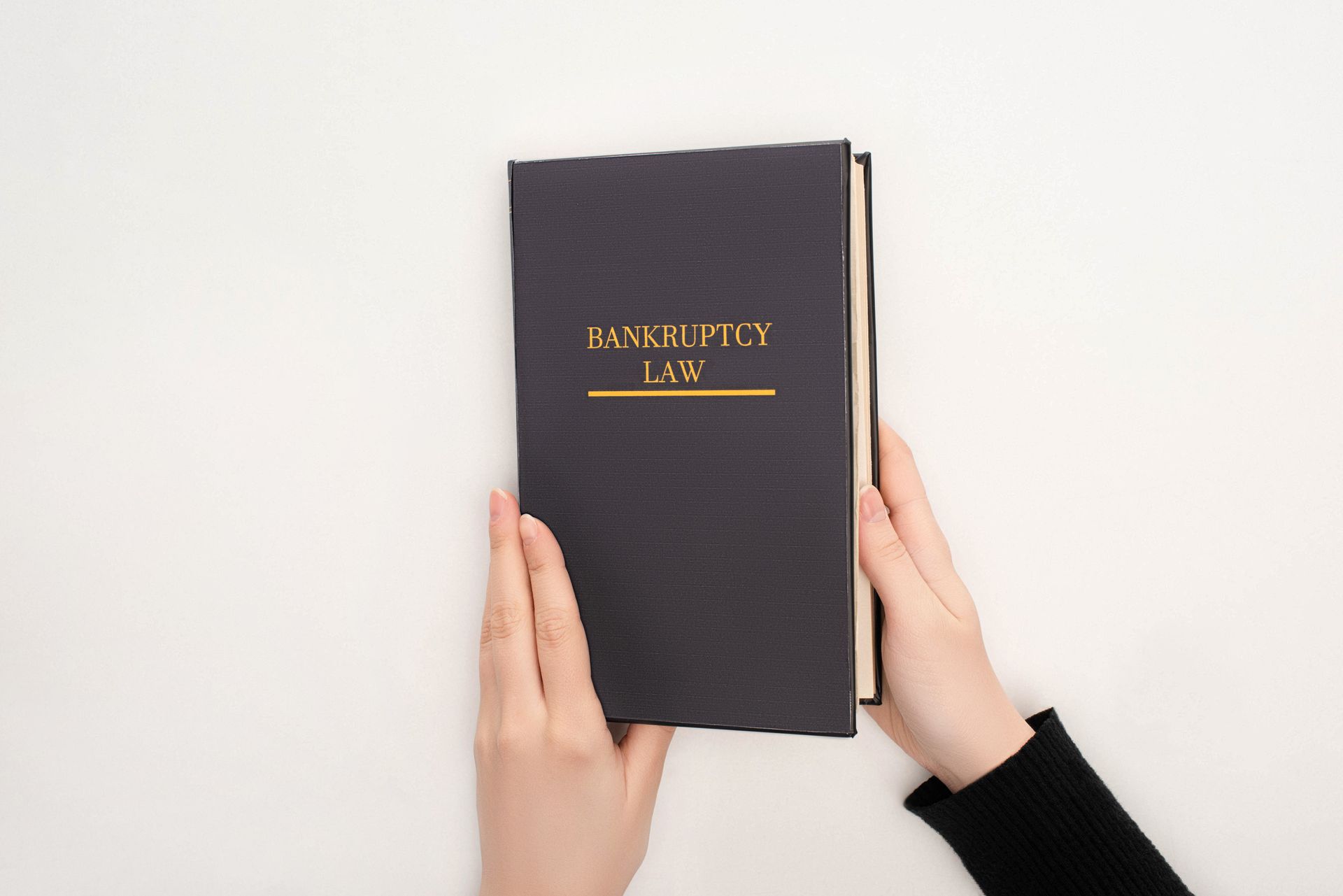Contact Us
Phone: 423-205-7744
Location
4416 Brainerd Rd.
Chattanooga, TN 37411
Hours
- Mon - Fri
- -
- Sat - Sun
- Closed
Call Now 24/7 Free Consultation: 423-205-7744
Chapter 7 Bankruptcy: Not All Assets are At Risk
Do you know which assets are exempt during a bankruptcy case? Before filing, it is essential to understand the difference between an exempt asset and a non-exempt asset.
What is a Non-exempt asset During a Bankruptcy Case?
After filing Chapter 7 bankruptcy, certain assets (property you own) may be sold to pay creditors for debts owed. Assets that may be sold to repay creditors during Chapter 7 bankruptcy are called non-exempt assets. Assets the bankruptcy court considers non-exempt can vary depending on state and federal law, but generally speaking, non-exempt assets will include any of the following:
- Residential property or house that is not the filer’s primary home
- New model car holding equity
- Expensive musical instruments not necessary for the profession
- Jewelry
- Artwork of value
- Expensive clothing
- Valuable stamp or coin collections
- Investments not held in a retirement account
What Are Exempt Assets During a Bankruptcy Case?
Not all assets are at risk during a Chapter 7 bankruptcy. Some assets are considered “exempt” from bankruptcy, so the bankruptcy trustee cannot sell them to pay creditors. Bankruptcy exemptions determine exempt assets. Exempt assets are usually things the filer needs to live or work. Assets the bankruptcy court considers exempt can vary depending on state and federal law, but generally speaking, exempt assets will include any of the following:
- Retirement accounts
- Furniture, household goods, and everyday clothing
- A car with minimal equity
- Tools required for the filer’s job
What is a “No Asset” Bankruptcy Case?
If you file Chapter 7 bankruptcy and have no non-exempt assets, you will file a “no asset” bankruptcy case. In a no asset bankruptcy case, there are no assets available for the bankruptcy trustee to sell, so creditors won’t receive any payments due to the bankruptcy. Your bankruptcy attorney can review your case and determine which bankruptcy exemptions apply to your assets.
If you are one of the many struggling Americans looking for solutions and have questions about how bankruptcy could affect your life, work, or assets, please don’t hesitate to get in touch with Ken Rannick. Most bankruptcy offices in the Chattanooga area don’t have a single Consumer Bankruptcy Specialist on staff. Our office is the only one with two. You are in good hands with Kenneth C. Rannick P.C.
The post Chapter 7 Bankruptcy: Not All Assets are At Risk appeared first on Kenneth C. Rannick, P.C..

Schedule a Case Evaluation
Contact us now!
Homepage FCE Form
We will get back to you as soon as possible.
Please try again later.
By submitting this form, you agree to be contacted by our law firm, either by phone, text or by email.
Hours
- Mon - Fri
- -
- Sat - Sun
- Closed
Flexible Appointment Scheduling
24/7 Phone Availability
*$0 down to get your Chapter 7 case started applies to clients who choose to file a Chapter 7 bankruptcy with the U.S. Bankruptcy Court through Kenneth C. Rannick, P.C. We will open a Chapter 7 file for a client with as little as $0 down, however, our office will not file a client's Chapter 7 without an affordable down payment on attorney fees.
*$0 down to get your Chapter 13 case started applies to clients who choose to file a Chapter 13 bankruptcy with the U.S. Bankruptcy Court through Kenneth C. Rannick, P.C. Our law office will file a Chapter 13 without requiring any costs or attorney fees paid upfront for qualified clients who 1) have not had a prior chapter 13 dismissed within the past year, and 2) are not trying to stop a foreclosure within 20 days of filling bankruptcy.We are a debt relief agency.
We help people file for bankruptcy relief under the Bankruptcy Code.
The information on this website is for general information purposes only. Nothing on this site should be taken as legal advice for any individual case or situation. This information is not intended to create, and receipt or viewing does not constitute an attorney-client relationship.
All Rights Reserved | Kenneth C. Rannick, P.C. | Powered By Convert It Marketing | Privacy Policy
All Rights Reserved | Kenneth C. Rannick, P.C. | Powered By Convert It Marketing | Privacy Policy









